

Rasmus Møller Jensen is an Icelandic horse rider and has always been around horses. Already as q 16-year old, he travelled to Iceland and spent an entire year working as a horse trainer. He then continued to do so full time after returning to Denmark, where he lives. Further, Rasmus is a very well-known face on the Danish Icelandic National team, and he has now shown approximately 400 horses at different shows. Nowadays, he runs the training stable Flødalgaard alongside his wife, Theresa Meldgaard.
When it comes to the typical challenges with training tölt, Rasmus is quick to explain that problems with the beat is the most common issue. Here, challenges can arise if, for example, the horse is leaning more towards trotting in the tölt. “Of course, it differs a lot depending on the horse, as their natural facilities for tölt can vary a lot,” he notes.
“It can be a determining factor for which gaits they themselves prefer. Some Icelandic horses, for example, find it much easier to do a tölt with correct beat than others. However, the challenge can also sometimes come from the rider, and therefore, it is essential that the rider has an understanding of the gait”

https://www.facebook.com/RasmusMoellerJensendk/videos/902086663966596
What does the horse already
know how to do?
Another important thing to be aware od is the importance of adapting to the horse’s level of education. Rasmus points out that as a rider, you should understand what the horse is already capable of – what it can and cannot do, and then work from that. “There must be coordination between the horse’s level of education and the rider. This is also related to the rider being able to understand the horse as well as feel how the horse is moving. The rider must therefore, have an understanding of when the horse has a clean tölt and when it does not. That is why it is so important that the rider takes in all the knowledge they can and sticks to their own experiences.” To focus on this, Rasmus recommends that you get lessons regularly, or that you film yourself riding, so you can watch it afterwards and learn from it. The last thing Rasmus emphasises here, is that before you start training the tölt, you must make sure that the horse has learned all its basic training. The basic training of the horse is a prerequisite for how it will go, when you are training the tölt. “You have to be sure that the horse understands your signals, for example when walking, so the horse will also be able to understand them in tölt. Thus, as a rider you have to know and understand your horse’s level of education, be very aware of your seat and master the basic riding.”
Begin by warming the horse up and loosening it. You can do this, for instance, by doing some loosening exercises and by avoiding that the horse spends too much time going straight forward. Thus, you can warm up by training a lot of bending as well as riding circles before you start the tölt training. Once you are up and running with the tölt, make sure to release the pressure and be passive in your seat as soon as the horse is doing a good job and has a correct tölt. By relieving the pressure, the horse learns that it is doing something right. When you have achieved a correct tölt, you can continue a and train in longer intervals.
The different competition classes
Regarding the competitions for Icelandic horses, there are many different classes that includes tölt. For example, you can participate in four-gaited classes, where tölt is one of the four gaits, or you can participate in a specific tölt class. When riding tölt during competitions, it can be in different kinds of tempi: optional tempo, slow tempo or fast tempo. At the same time, there are classes that focus on changing the pace during the tölt, where you have to change between the tempi. There is even a class, such as T2, where you can ride tölt with completely loose reins. When tölt is judged, the main focus is on the beat being clean, that the horse has spacious movements, that the horse carries him- or herself correctly, and that the communication between the horse and rider takes place in a correct way where the horse listens to the rider’s helpers.
Main training elements
In order to achieve the correct tölt, you have to work with it. When you are working with the gait, there are some things that are of more importance than others. Here, Rasmus Møller Jensen places particular emphasis on the rider having a balanced seat and knowing how to use it. For example, it is about having control of when you should engage the horse to go forward with you seat, and when you should be passive. You must be able to both relieve the horse and give it space, but also be able to sit down and ask the horse to work – of course, depending on what is needed. Rasmus compares it to having control over your weight distribution. “Many challenges can come from the rider’s seat,” he explains. “A rider who is looked and tight in his or her seat can make any horse walk stiffly. At the same time, a rider who never sits down and asks the horse to work can make a horse long and dull. So you have to have control over your body. This must be done and varied according to what the horse needs.”
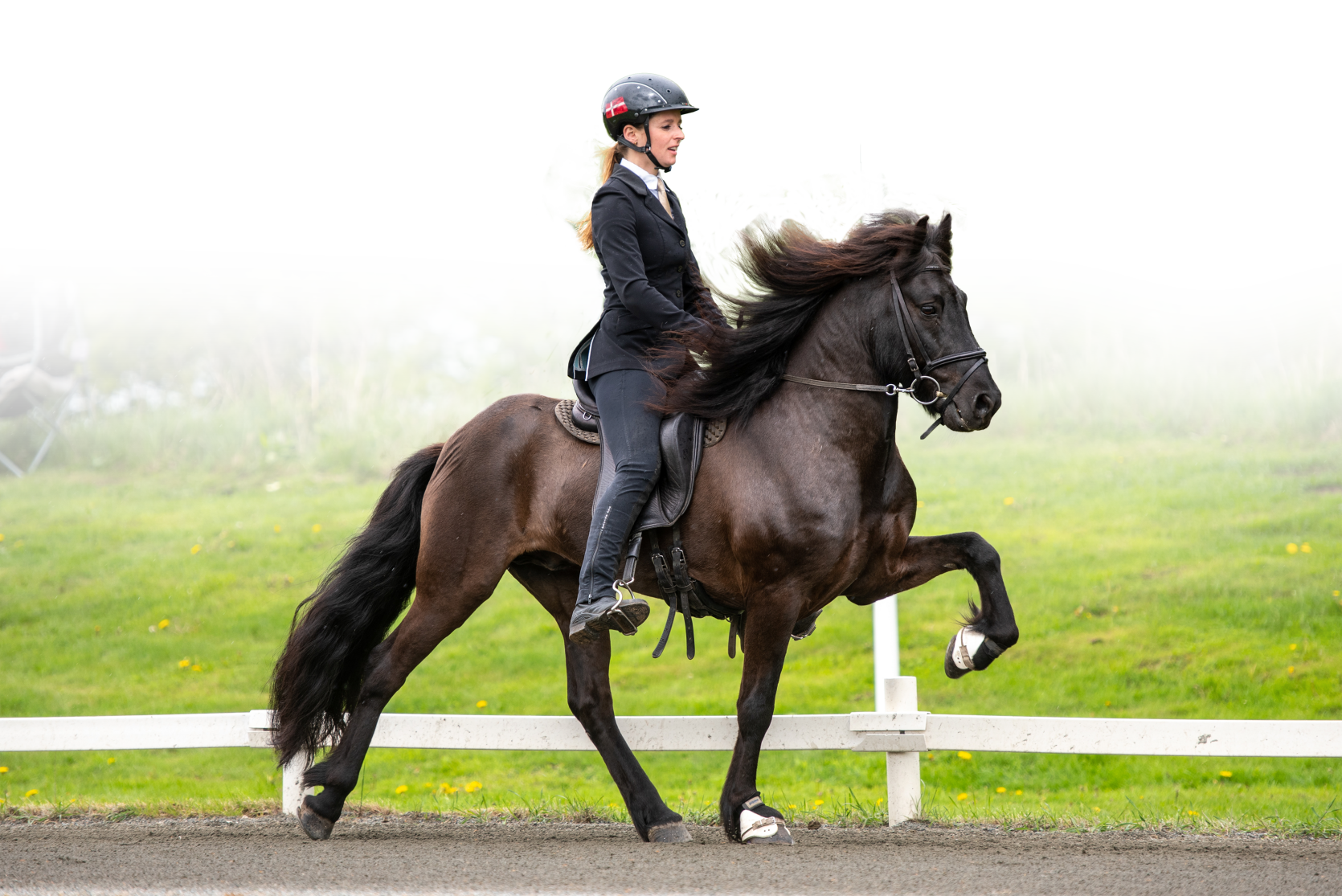
Most people who have tried to ride tölt can agree that it is quite comfortable. Therefore, the Icelandic horse is a popular breed for trail riding in nature. Many people love a great tölt in wonderfull weather and beautiful nature. The reason why tölt is often a comfortable gait to ride, is that it is a four-beat gait, that has the same movement sequence as walk. This means, that there is always one or two legs, that touch the ground, which means that the horse’s back does not move very much – and that is why the tölt is often a particularly pleasant experience for the rider.
By Line Holm Rasmussen
Foto: Andreas Hejndorf and Rasmus Møller Jensen
plads til annonce
If the tölt is tied to the pace, it is most often seen by the fact, that the horse’s steps are being shortened. This may be due, among other things, to the rider’s seat. “If you sit with the same pressure all the time, it can result in a tölt tied to the pace,” Rasmus explains. “Therefore, you have to remember that when the horse is doing it correctly, you have to loosen the pressure and just follow passively. When you keep the same pressure, the horse shortens its steps and that is precisely why the challenge usually lies with the rider,” he explains.

annonce
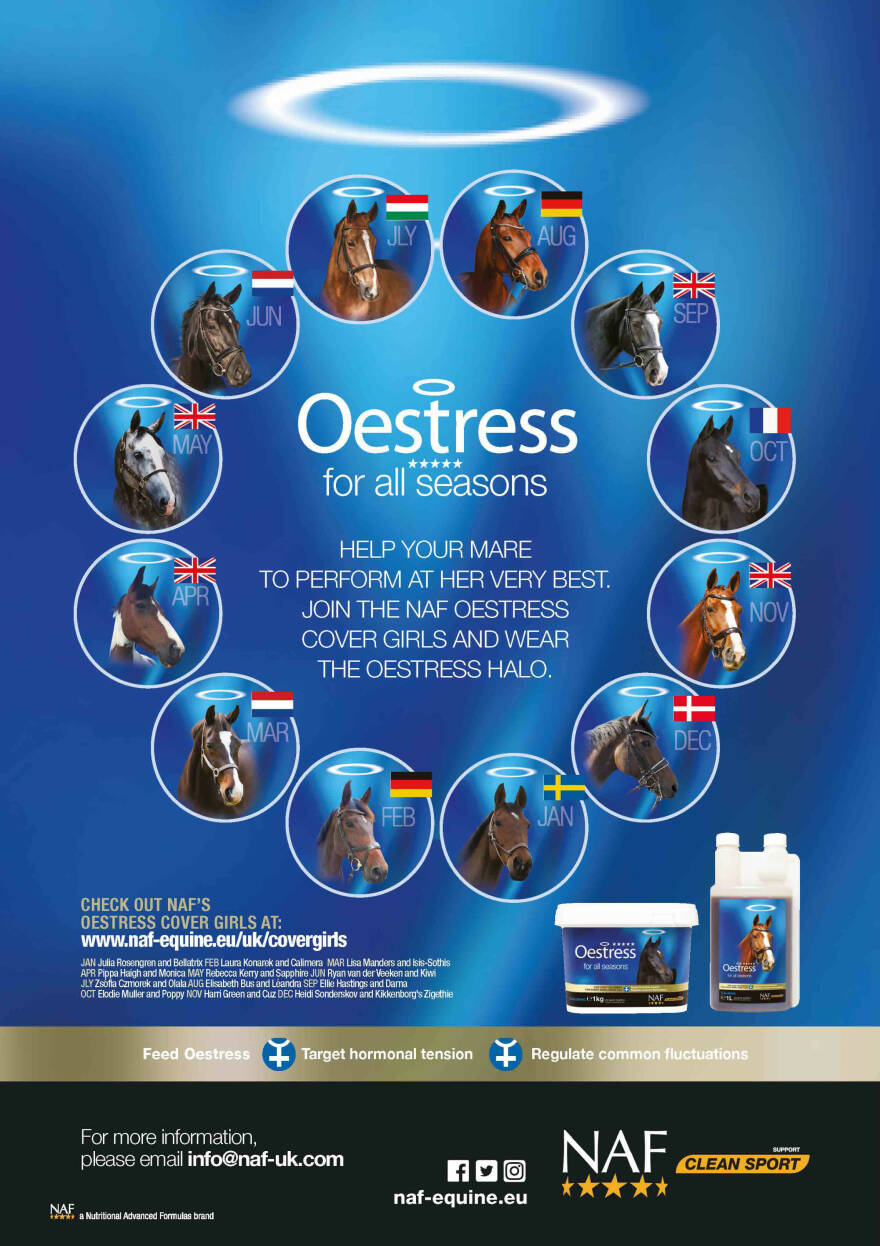

annonce
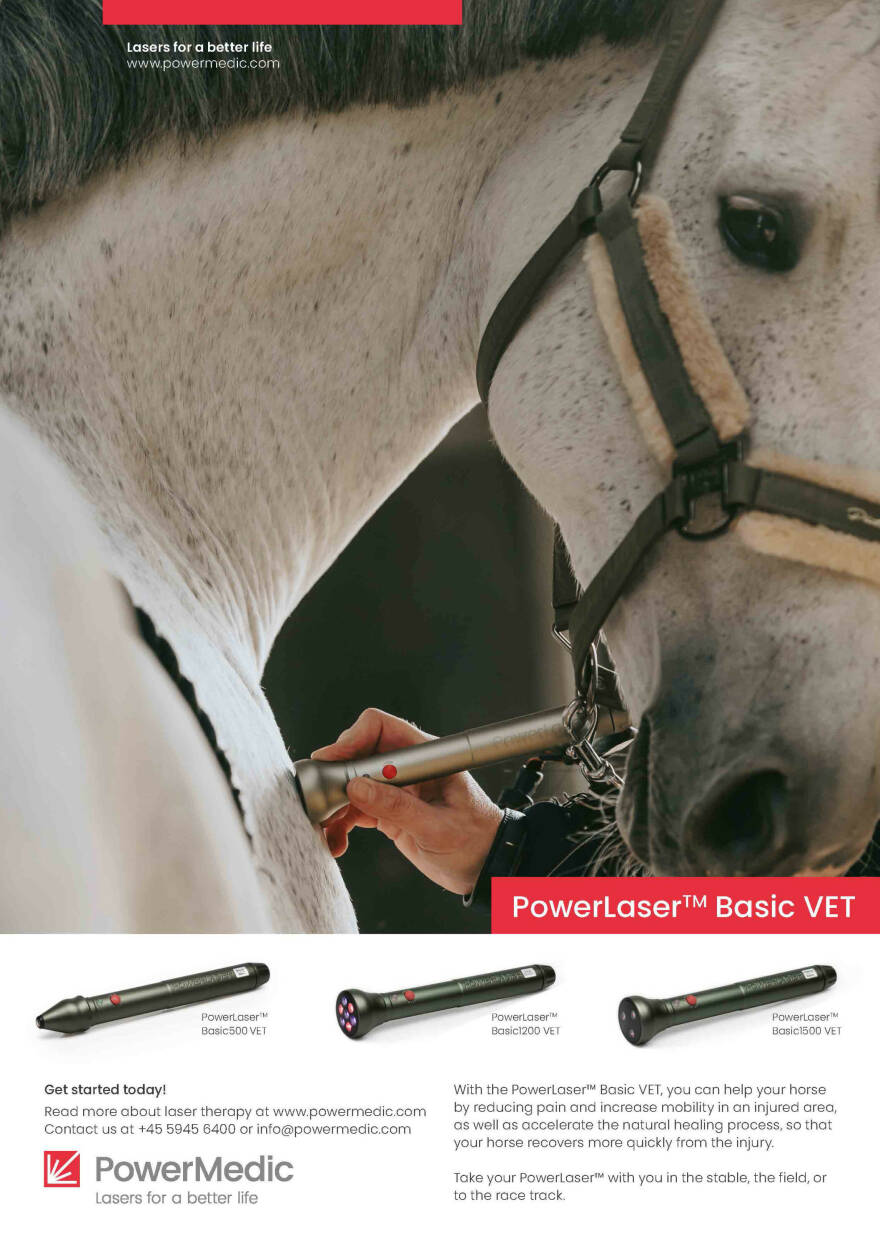
annonce
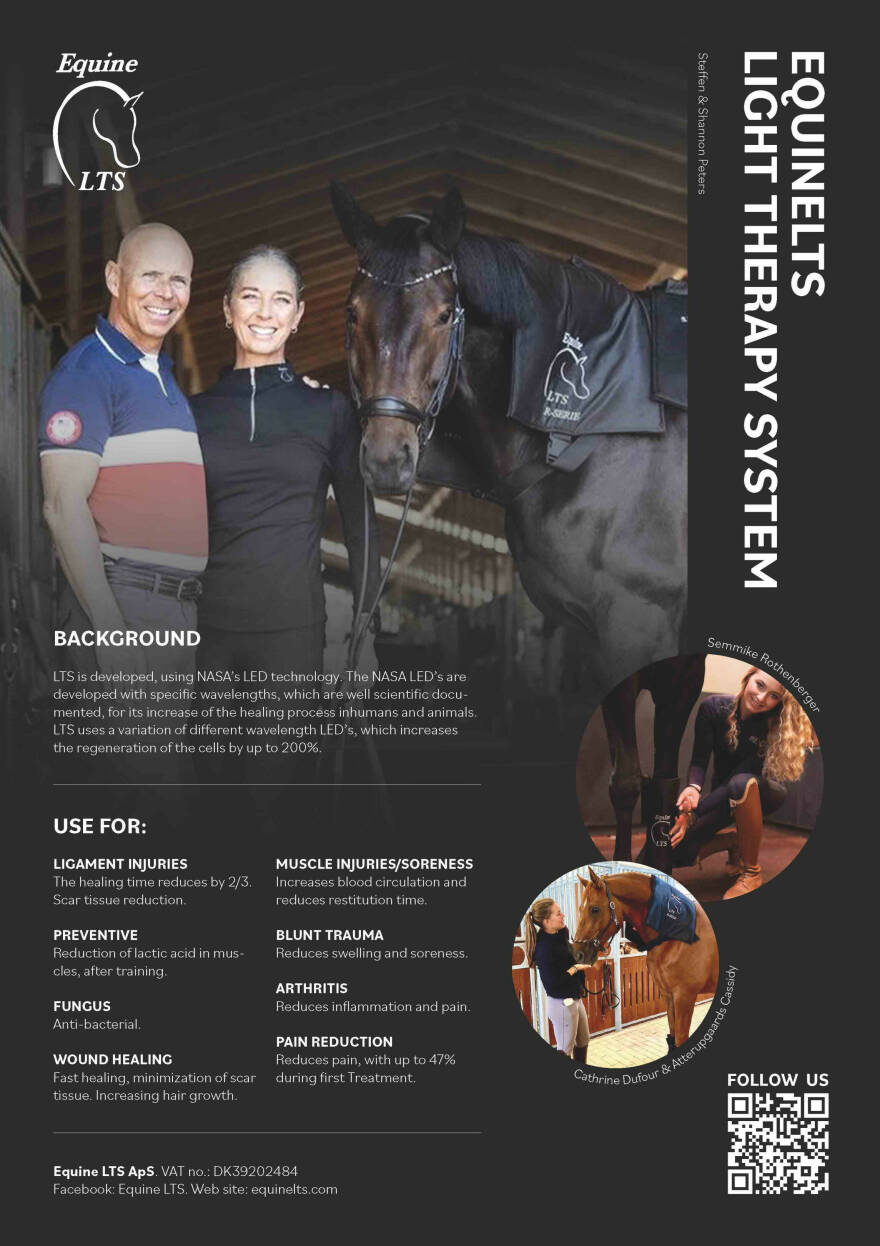
plads til annonce
annonce
plads til annonce
annonce
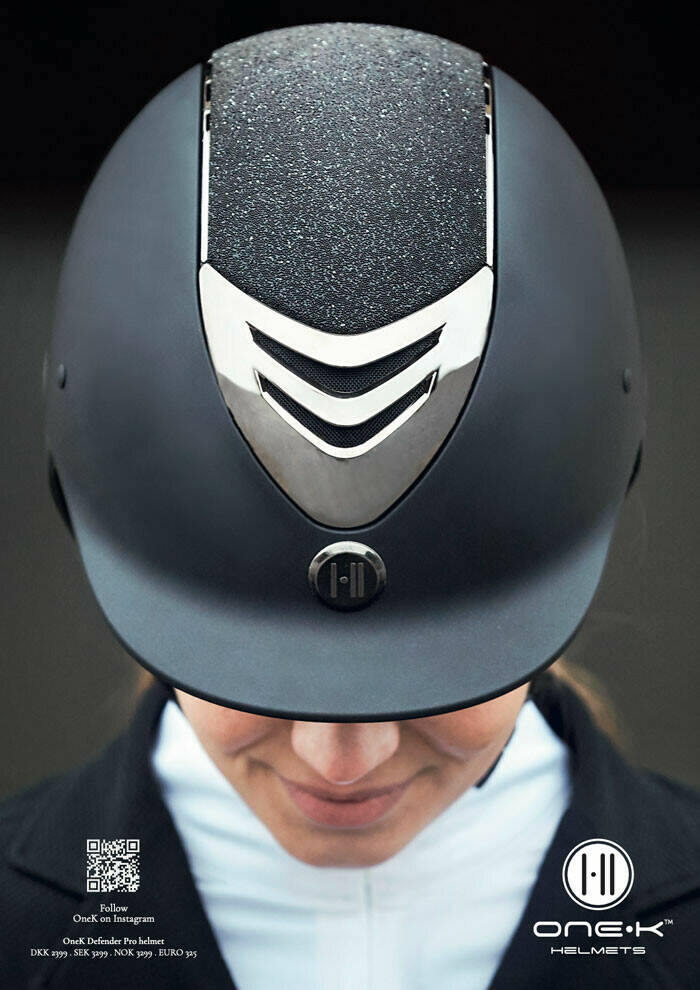
The Uniqueness of Icelandic Horses | Equestrian World
You should train the tölt in short intervals and focus on getting the right beat in these short intervals. A good idea might be to start by walking and then slowly get the horse up in a short, slow tempo tölt, where you can activate the hindquarters. In this way, the horse has the opportunity to lift its chest and back.
A tölt that is tied to the trot is something completely different from the tölt tied to the pace. Therefore, it is almost the opposite, you have to train. “The most important thing here is to activate the hindquarters of the horse,” says Rasmus. “You have to ride the horse up towards a passive rein and activate it with you seat, so the horse will pull it hindlegs under itself.”

When it comes to the typical challenges with training tölt, Rasmus is quick to explain that problems with the beat is the most common issue. Here, challenges can arise if, for example, the horse is leaning more towards trotting in the tölt. “Of course, it differs a lot depending on the horse, as their natural facilities for tölt can vary a lot,” he notes.
“It can be a determining factor for which gaits they themselves prefer. Some Icelandic horses, for example, find it much easier to do a tölt with correct beat than others. However, the challenge can also sometimes come from the rider, and therefore, it is essential that the rider has an understanding of the gait”

his horses do tölt https://www.facebook.com/
RasmusMoellerJensendk/videos/
902086663966596

What does the horse already
know how to do?
Another important thing to be aware od is the importance of adapting to the horse’s level of education. Rasmus points out that as a rider, you should understand what the horse is already capable of – what it can and cannot do, and then work from that. “There must be coordination between the horse’s level of education and the rider. This is also related to the rider being able to understand the horse as well as feel how the horse is moving. The rider must therefore, have an understanding of when the horse has a clean tölt and when it does not. That is why it is so important that the rider takes in all the knowledge they can and sticks to their own experiences.” To focus on this, Rasmus recommends that you get lessons regularly, or that you film yourself riding, so you can watch it afterwards and learn from it. The last thing Rasmus emphasises here, is that before you start training the tölt, you must make sure that the horse has learned all its basic training. The basic training of the horse is a prerequisite for how it will go, when you are training the tölt. “You have to be sure that the horse understands your signals, for example when walking, so the horse will also be able to understand them in tölt. Thus, as a rider you have to know and understand your horse’s level of education, be very aware of your seat and master the basic riding.”
Begin by warming the horse up and loosening it. You can do this, for instance, by doing some loosening exercises and by avoiding that the horse spends too much time going straight forward. Thus, you can warm up by training a lot of bending as well as riding circles before you start the tölt training. Once you are up and running with the tölt, make sure to release the pressure and be passive in your seat as soon as the horse is doing a good job and has a correct tölt. By relieving the pressure, the horse learns that it is doing something right. When you have achieved a correct tölt, you can continue a and train in longer intervals.
The different competition classes
Regarding the competitions for Icelandic horses, there are many different classes that includes tölt. For example, you can participate in four-gaited classes, where tölt is one of the four gaits, or you can participate in a specific tölt class. When riding tölt during competitions, it can be in different kinds of tempi: optional tempo, slow tempo or fast tempo. At the same time, there are classes that focus on changing the pace during the tölt, where you have to change between the tempi. There is even a class, such as T2, where you can ride tölt with completely loose reins. When tölt is judged, the main focus is on the beat being clean, that the horse has spacious movements, that the horse carries him- or herself correctly, and that the communication between the horse and rider takes place in a correct way where the horse listens to the rider’s helpers.
Main training elements
In order to achieve the correct tölt, you have to work with it. When you are working with the gait, there are some things that are of more importance than others. Here, Rasmus Møller Jensen places particular emphasis on the rider having a balanced seat and knowing how to use it. For example, it is about having control of when you should engage the horse to go forward with you seat, and when you should be passive. You must be able to both relieve the horse and give it space, but also be able to sit down and ask the horse to work – of course, depending on what is needed. Rasmus compares it to having control over your weight distribution. “Many challenges can come from the rider’s seat,” he explains. “A rider who is looked and tight in his or her seat can make any horse walk stiffly. At the same time, a rider who never sits down and asks the horse to work can make a horse long and dull. So you have to have control over your body. This must be done and varied according to what the horse needs.”
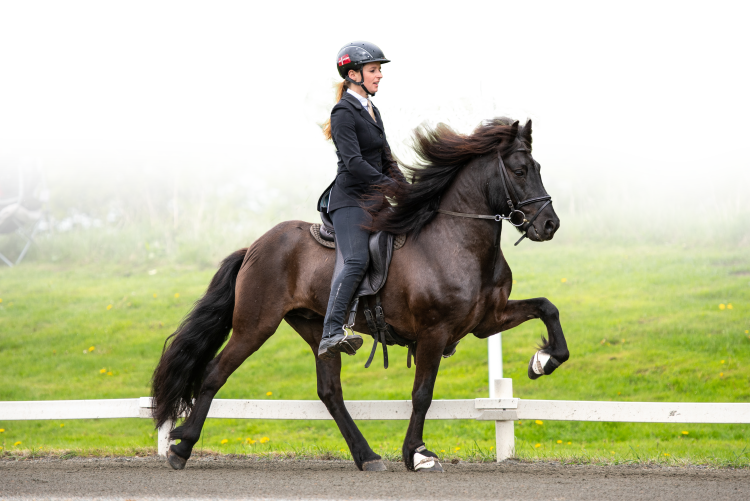
Most people who have tried to ride tölt can agree that it is quite comfortable. Therefore, the Icelandic horse is a popular breed for trail riding in nature. Many people love a great tölt in wonderfull weather and beautiful nature. The reason why tölt is often a comfortable gait to ride, is that it is a four-beat gait, that has the same movement sequence as walk. This means, that there is always one or two legs, that touch the ground, which means that the horse’s back does not move very much – and that is why the tölt is often a particularly pleasant experience for the rider.


Rasmus Møller Jensen is an Icelandic horse rider and has always been around horses. Already as q 16-year old, he travelled to Iceland and spent an entire year working as a horse trainer. He then continued to do so full time after returning to Denmark, where he lives. Further, Rasmus is a very well-known face on the Danish Icelandic National team, and he has now shown approximately 400 horses at different shows. Nowadays, he runs the training stable Flødalgaard alongside his wife, Theresa Meldgaard.
By Line Holm Rasmussen
Foto: Andreas Hejndorf and Rasmus Møller Jensen
If the tölt is tied to the pace, it is most often seen by the fact, that the horse’s steps are being shortened. This may be due, among other things, to the rider’s seat. “If you sit with the same pressure all the time, it can result in a tölt tied to the pace,” Rasmus explains. “Therefore, you have to remember that when the horse is doing it correctly, you have to loosen the pressure and just follow passively. When you keep the same pressure, the horse shortens its steps and that is precisely why the challenge usually lies with the rider,” he explains.

annonce
annonce
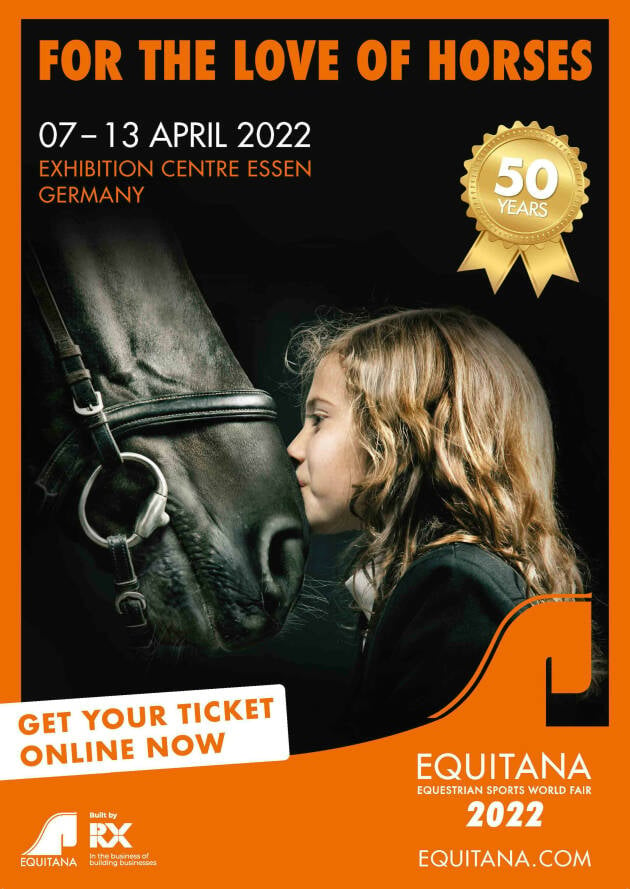
annonce
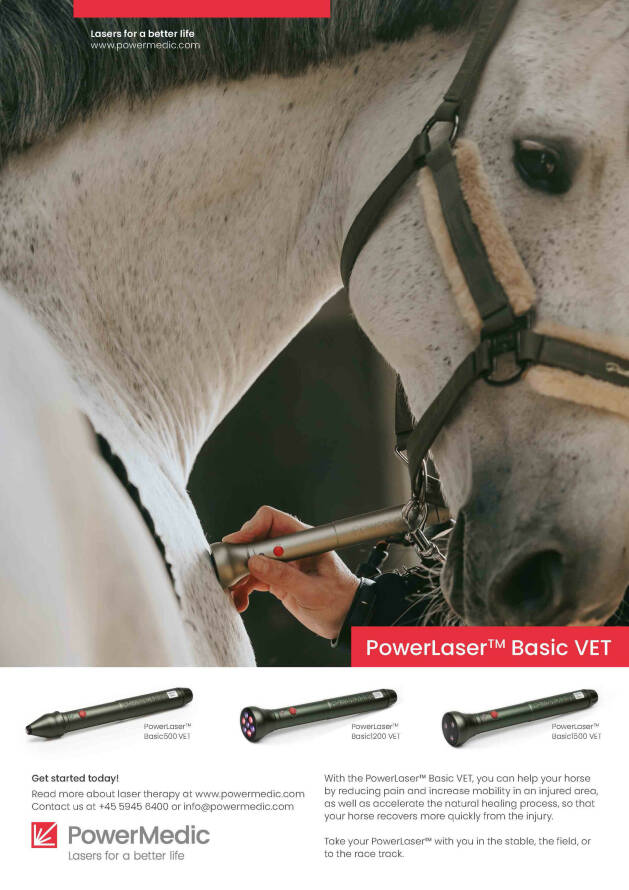
annonce

annonce


annonce
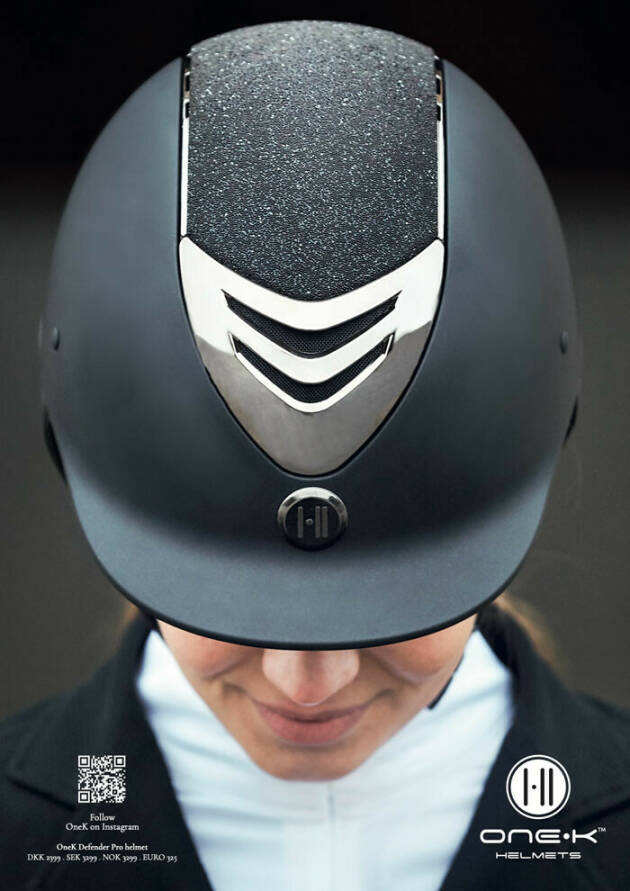

The Uniqueness of Icelandic Horses | Equestrian World
You should train the tölt in short intervals and focus on getting the right beat in these short intervals. A good idea might be to start by walking and then slowly get the horse up in a short, slow tempo tölt, where you can activate the hindquarters. In this way, the horse has the opportunity to lift its chest and back.
A tölt that is tied to the trot is something completely different from the tölt tied to the pace. Therefore, it is almost the opposite, you have to train. “The most important thing here is to activate the hindquarters of the horse,” says Rasmus. “You have to ride the horse up towards a passive rein and activate it with you seat, so the horse will pull it hindlegs under itself.”




